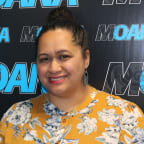Ko tēnei te hōtaka whakamutunga mo te tau nei, it's the final Te Ahi Kaa for 2018.
This week we present a few highlights from the show, he mihi tēnei ki a koutou e tautoko ana i te kaupapa nei. Kia pai ta koutou hararei e heke mai nei.
Enjoy the summer break with whānau and friends. Nāku iti nei na, Justine Murray.
Kai Ora Honey - people over profit
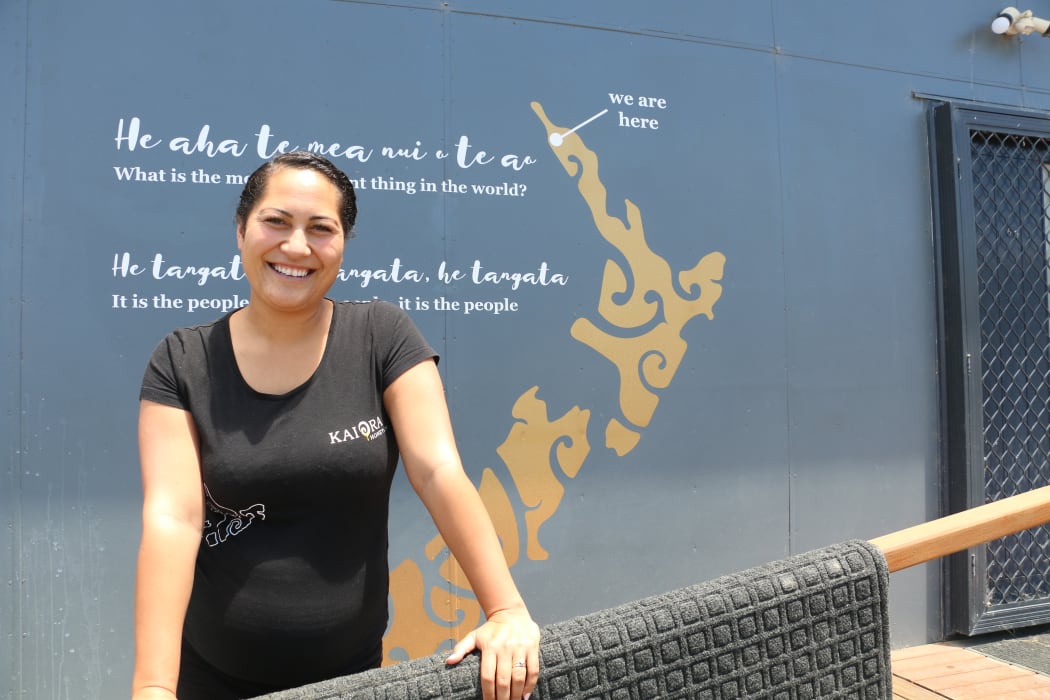
Blanche Morrogh at their head office in Awanui, Northland. Photo: RNZ/Justine Murray
The Murray whānau homestead is located a few metres from the offices of Kai Ora Honey in Awanui.
Aside from being the whānau home that Blanche Morrogh grew up in, it’s also a reminder of how far the business has come since its humble beginnings.
The multi-million dollar award-winning business operates from a strong sense of whanau and hard work.
Blanche credits the foresight of her father, the late Rapine Murray and her grandmother Saana Murray for instilling that sense of perseverance.
Blanche, her husband Liam and her five siblings have a hand in the day to day operations, she talks about the day to day operations.
Behind the Blazers: Te Reo o Hamuera
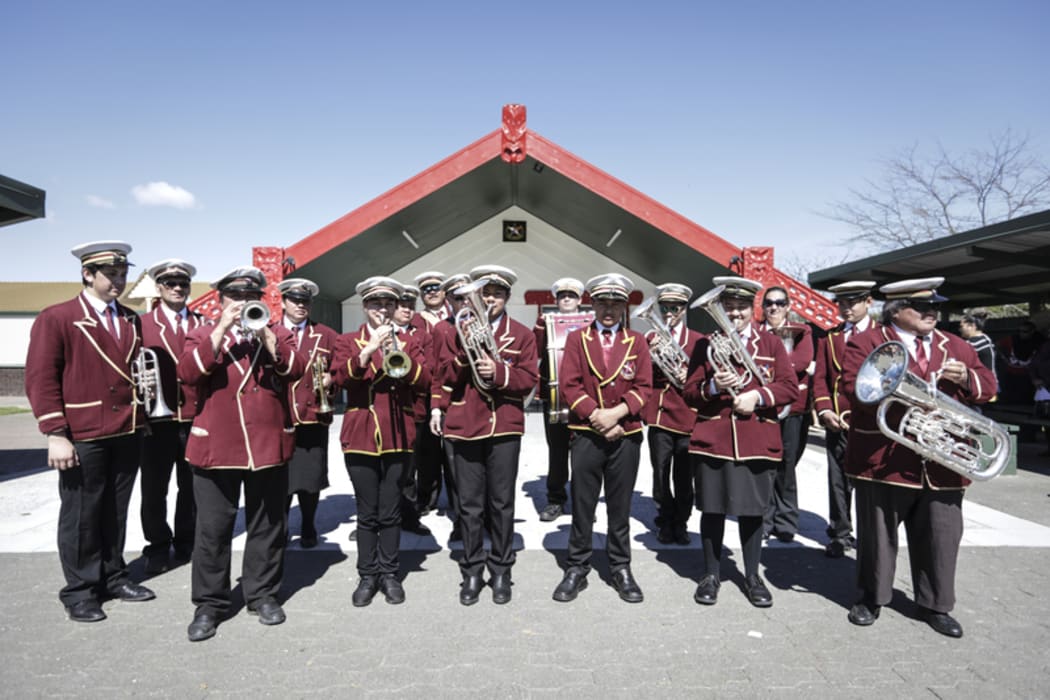
Photo: RNZ/Rebekah Parsons-King
In the series Behind the Blazers, Te Ahi Kaa looks at the famous brass bands of the Rātana church.
The bass drum is the heartbeat of the Te Reo o Hamuera band, according to JJ Lewis, who joined over 20 years ago when he was just 16.
Today JJ still plays the bass drum and dons the red blazer of the uniform.
He talks to Justine Murray about how playing an instrument is his way of expressing his faith to Ihoa.
The job of bandmaster requires organisational skills and patience says Christine Heremia, who stepped into the role about a year ago.
She talks about to Justine Murray about how she recruits young band members and the work of her late father.
Taa Moko Sessions: Pip Hartley
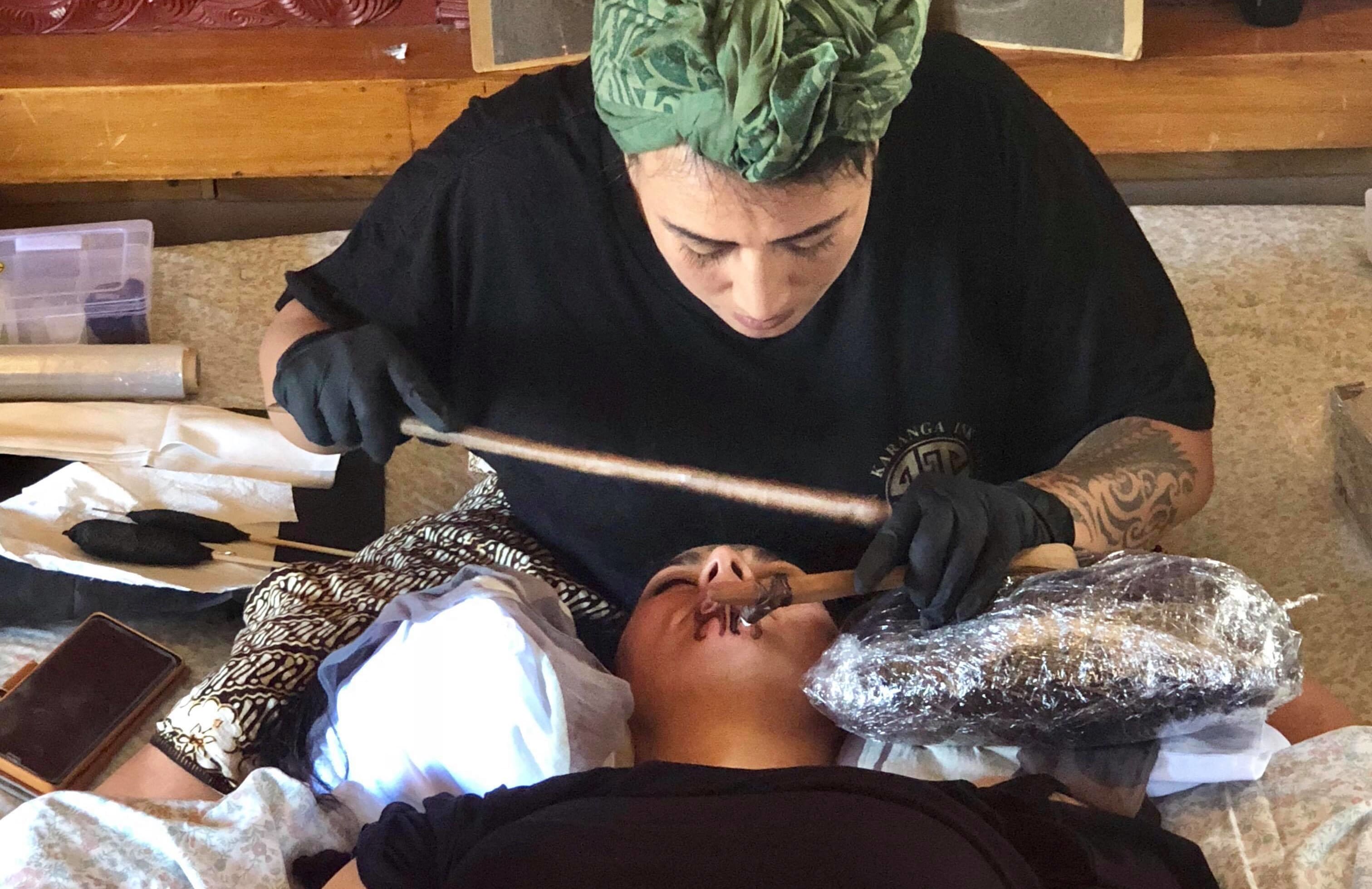
Photo: Supplied - Karanga Ink
Free-spirited tattoo artist Pip Hartley tells Justine Murray how her lifelong passion for the arts led to a career in traditional Māori tattooing.
Taa Moko Sessions: Julie Paama-Pengelly
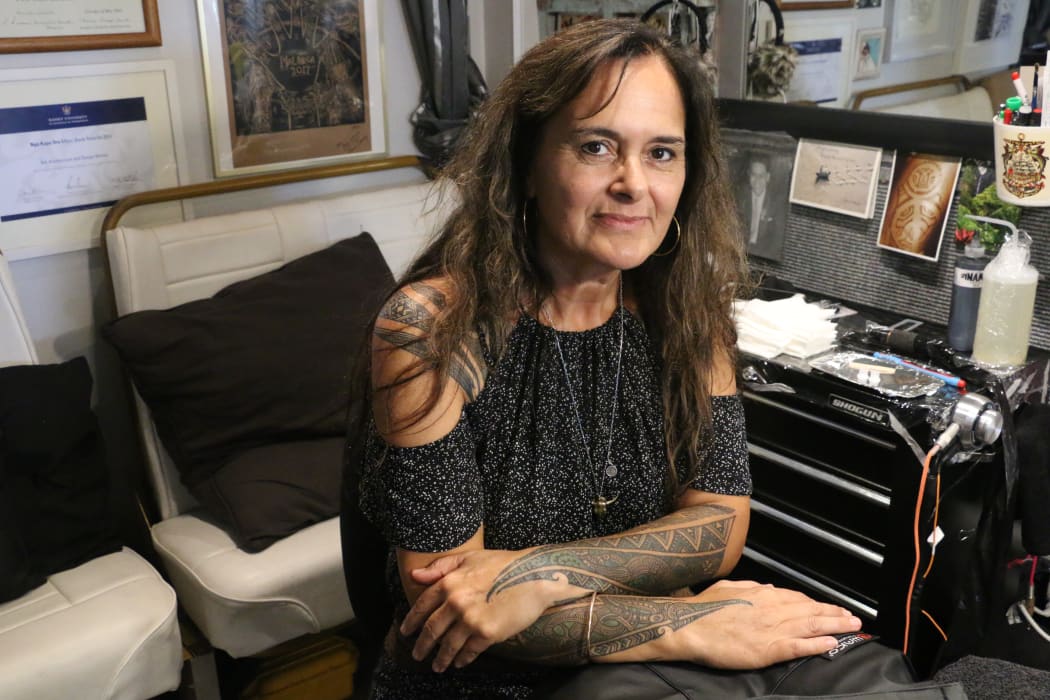
Julie Paama Pengelly started out in Taa Moko in the early 1990's. Photo: RNZ/Justine Murray
Tattoo artist Julie Paama Pengelly talks about the challenges she's faced in a male-dominated industry and why she doesn't believe in Kirituhi - the practice of non-traditional taa moko.
Taa Moko Sessions: Stu McDonald
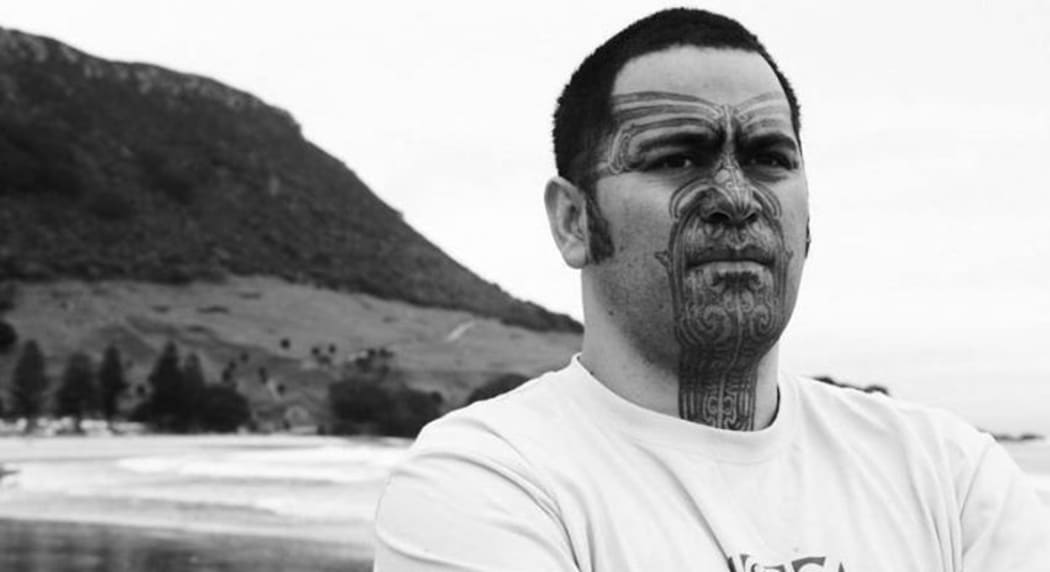
Photo: via Dunedin Community Noticeboard
Tauranga based moko artist Stu McDonald has travelled the globe applying moko but he’s had his fair share of teaching foreign tattoo artists about the kaupapa (meaning) of moko, many of whom according to Stu can apply it on the skin, but have no idea what it means.
According to Stu, the appropriation of moko designs is rife. He talks to Justine Murray about how he deals with these issues from his home studio Moana Moko.
Modern skincare with traditional Māori remedies
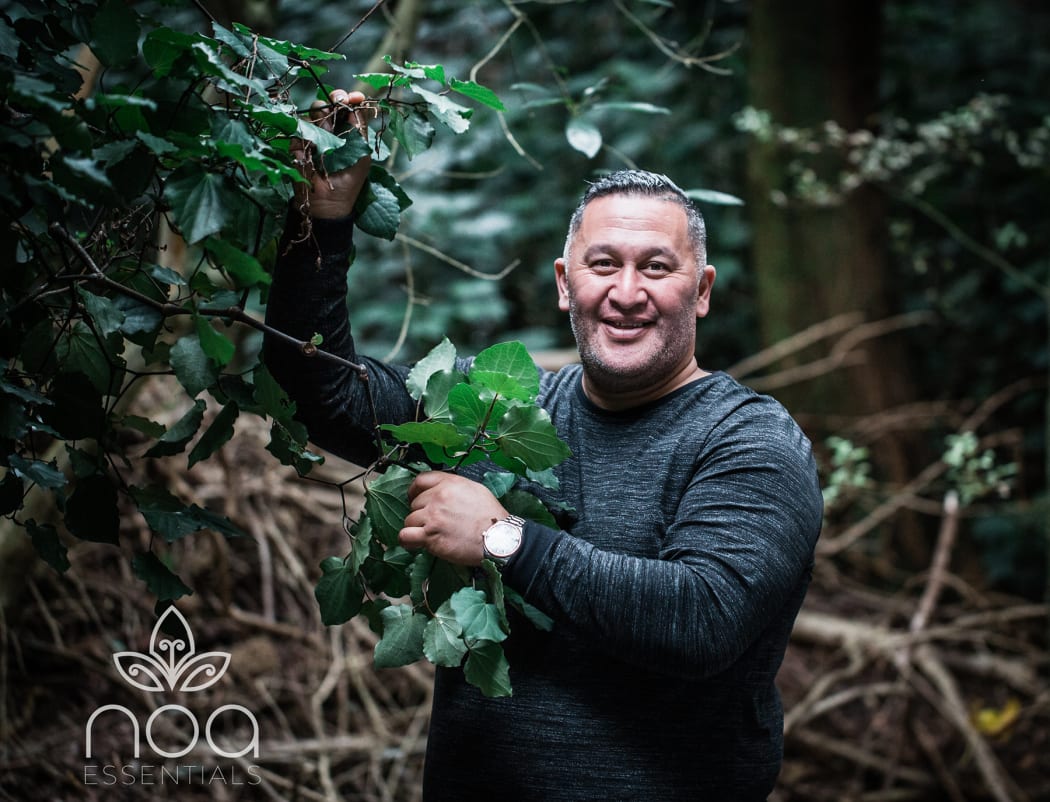
Lee Tane is a former police officer who decided to follow another pathway in Rongoā pathway. Photo: supplied - Trina Edwards
Former police officer turned business owner Lee Tane runs Noa Essentials a line of skincare products made from rongoā Māori (native plants).
He and his wife Trina decided to explore business opportunities after creating their own balms, originally as a balm to relieve their son’s severe case of eczema.
With an education background in science, Lee has his sights set on export his product overseas, Te Ahi Kaa visited the couple’s home in the Waikato.
Te Reo Māori: the student and the teacher
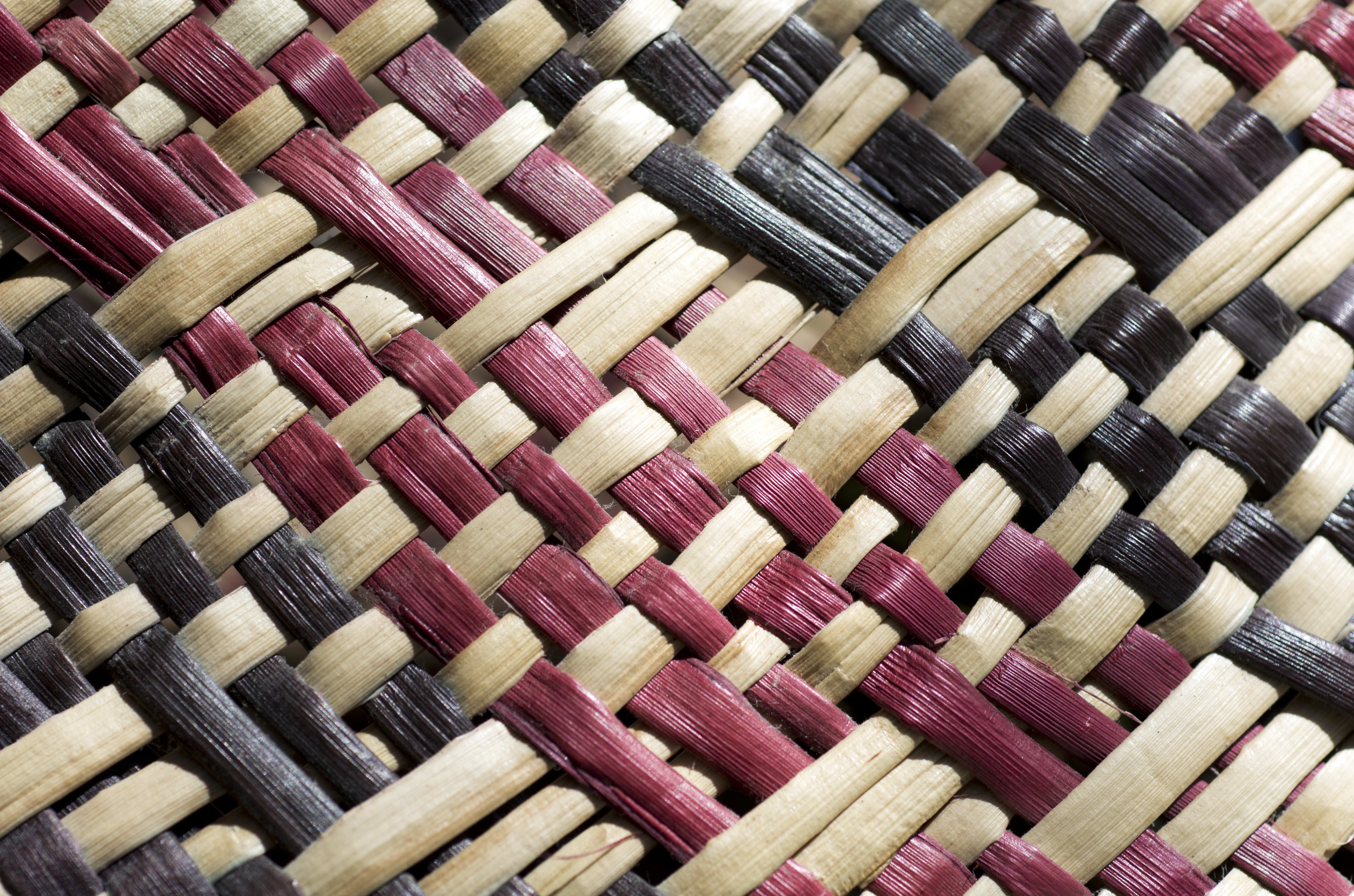
Photo: Rafael Ben-Ari / Chameleons Eye
Retired fibre artist Pat Old was inspired to learn te reo Māori after attending her daughter's wedding and not being able to understand what was being said.
Her two daughters married into Māori families, and her mokopuna attend Kōhanga Reo, which Pat says was another reason to learn the language.
She enrolled in te reo Māori courses at Te Wananga o Aotearoa.
Pat talks about how the ‘whānau’ learning environment there has helped lift her confidence to speak Māori.
